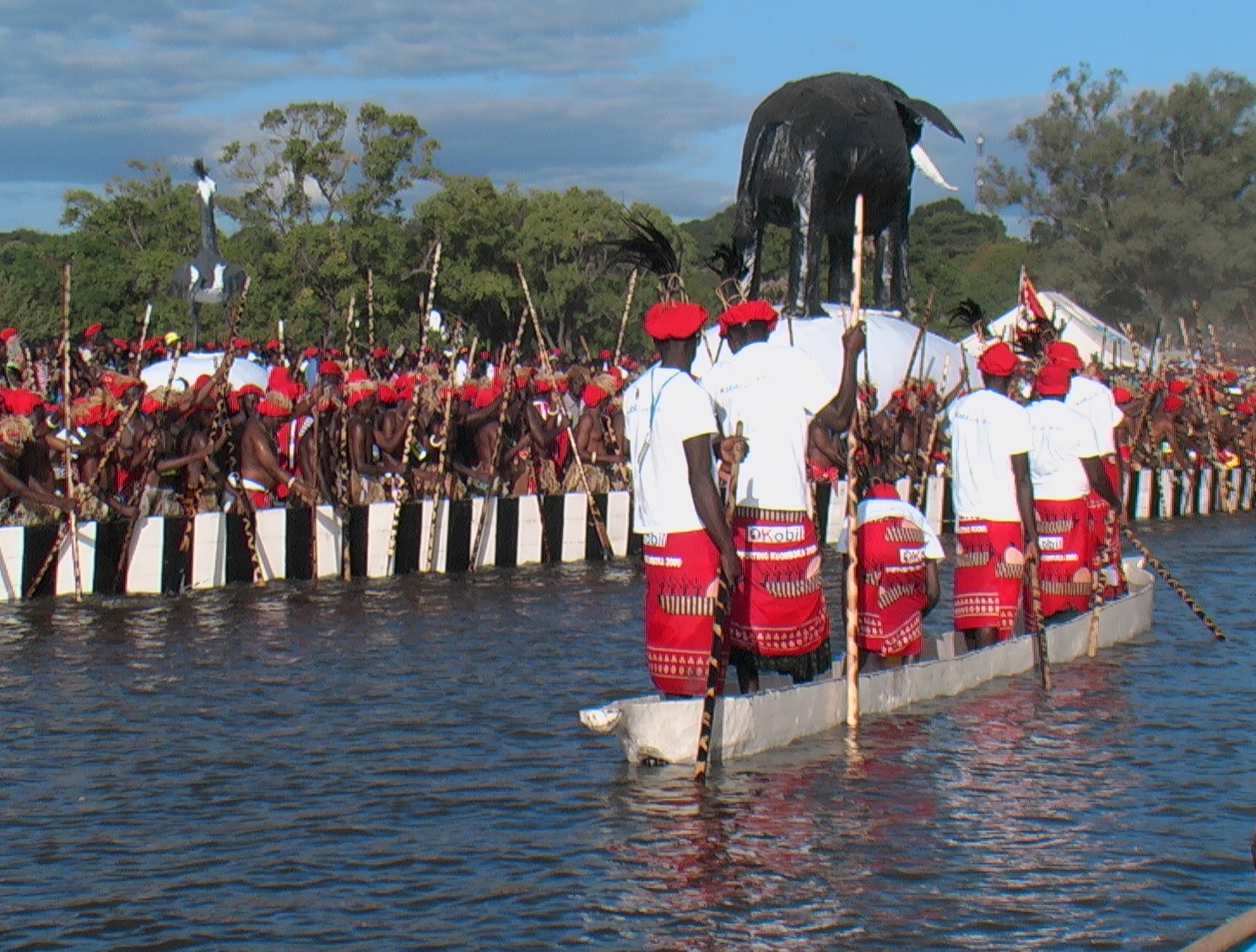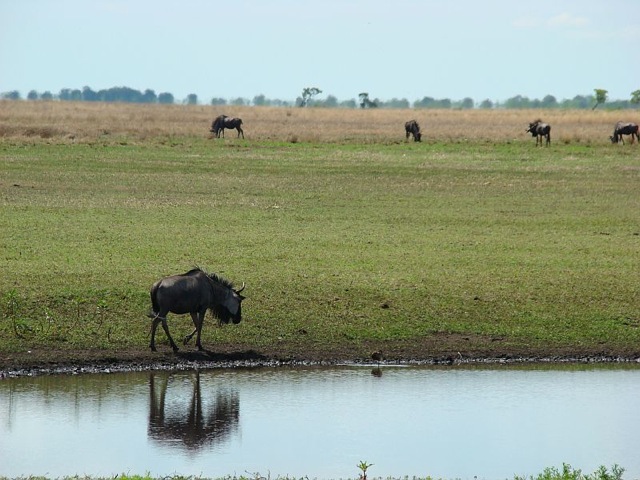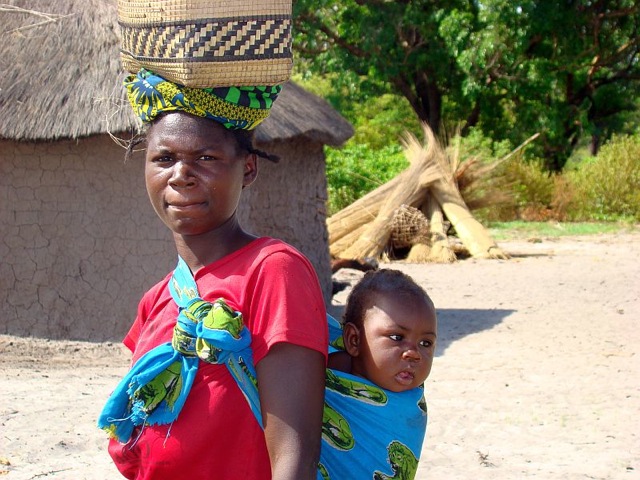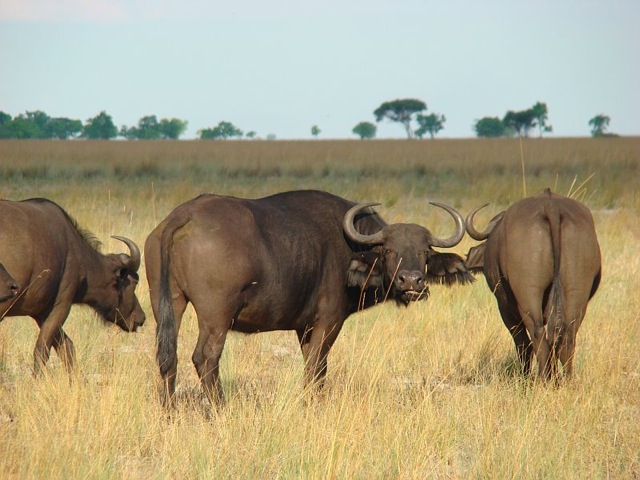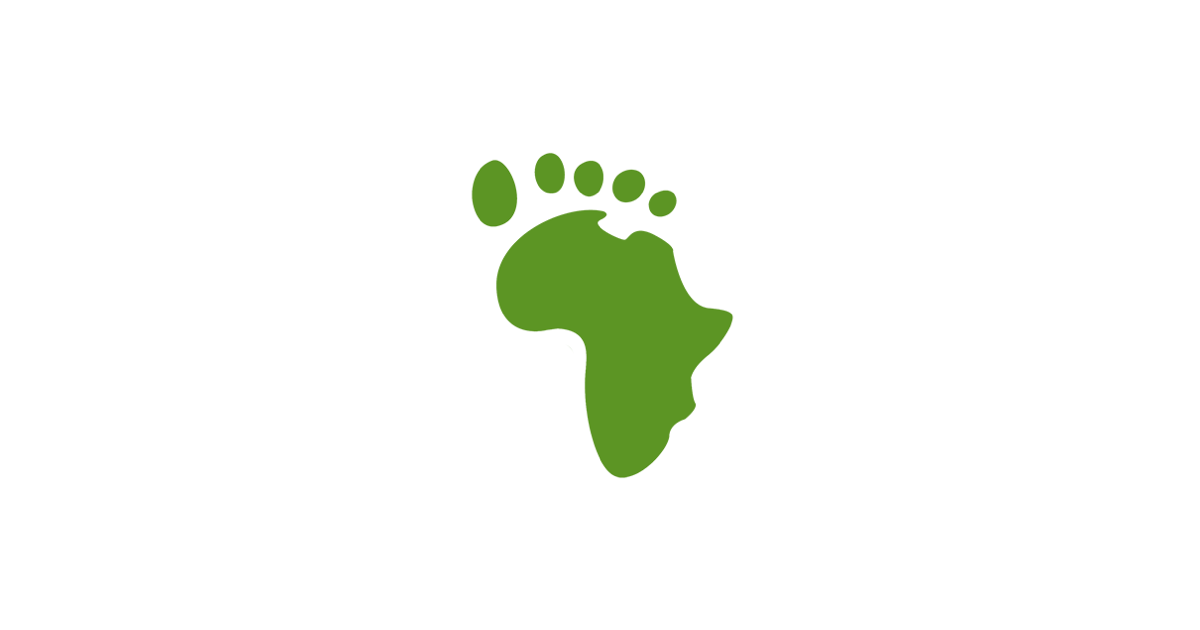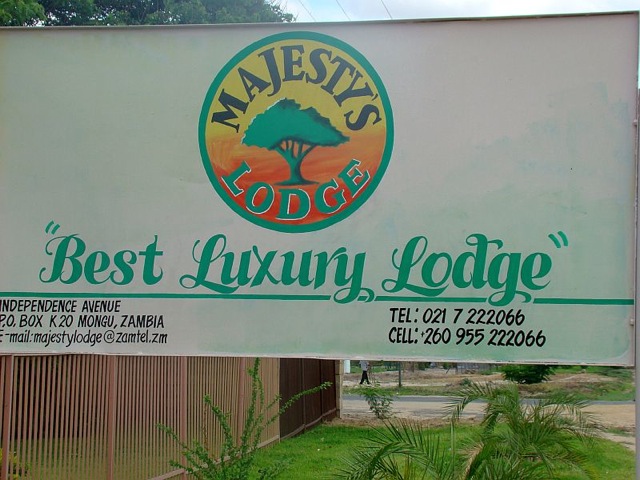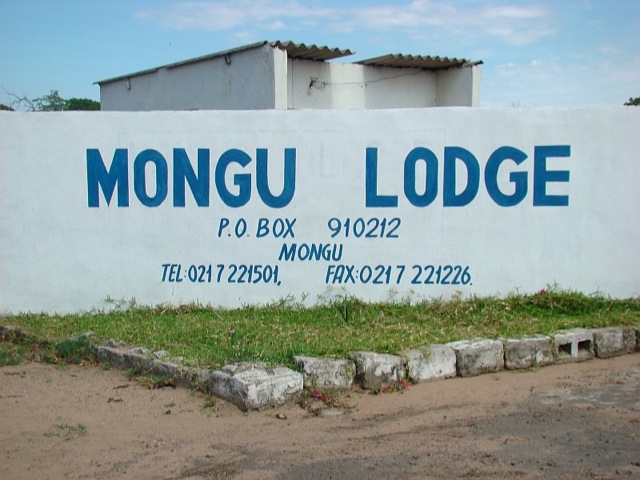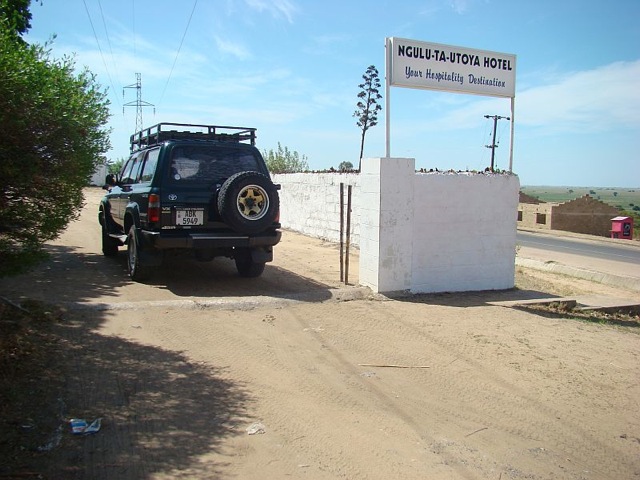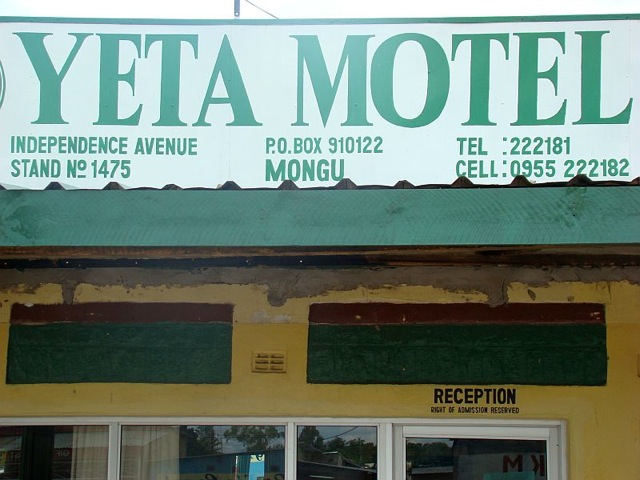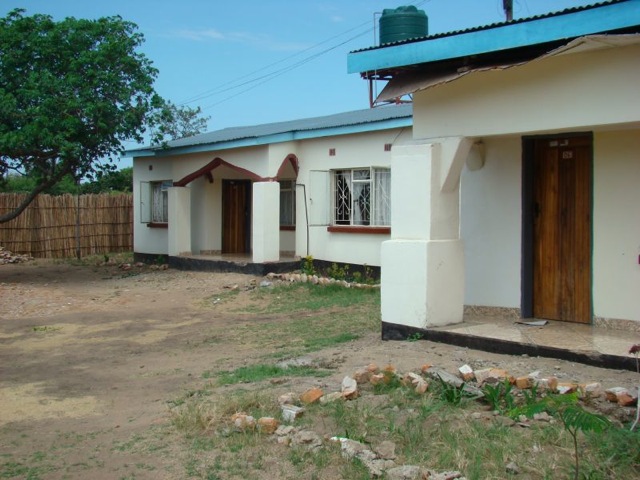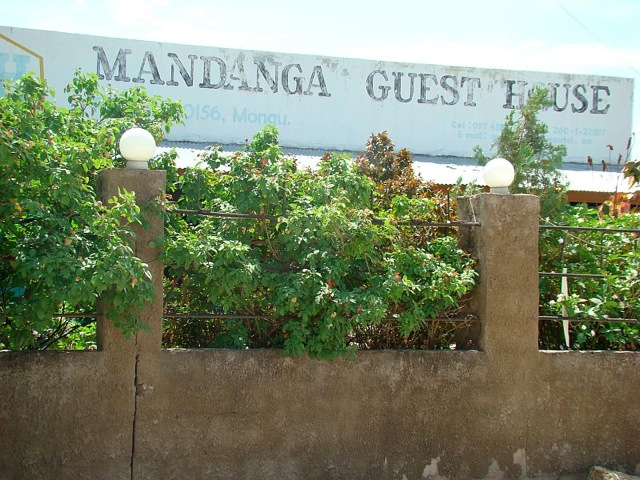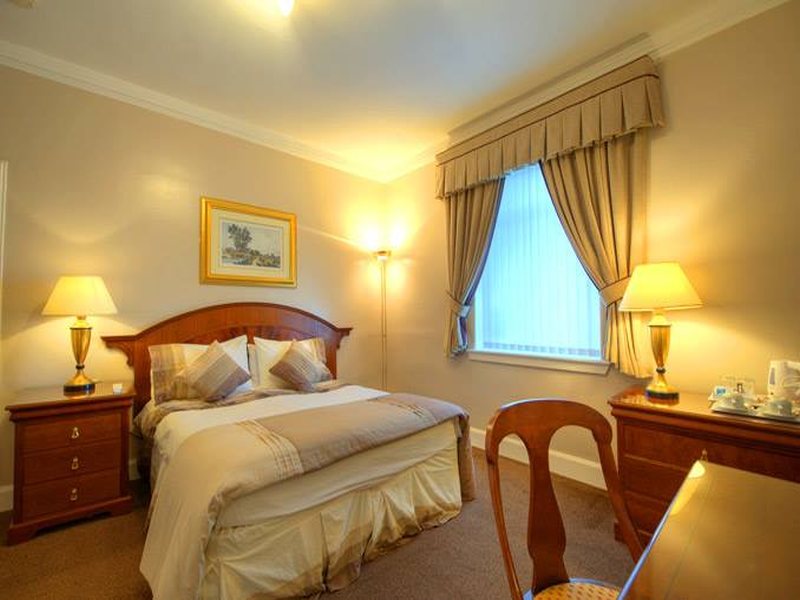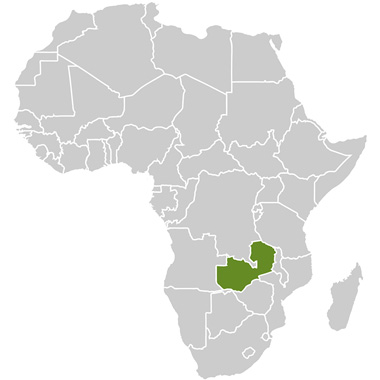The North Barotse Trails Route is named after ancient Luyi Kingdom of Barotseland. The Trails boasts of the remotest National Park in Zambia; the Liuwa Plains National Park and significant cultural, water and wildlife resources. The route spans the greater Western part of Zambia stretching from Senanga to the south, Mongu and Kalabo town to the North West. It includes Barotse flood plains and West Zambezi Game Management Area No. 1 towards the west.
The route shares boundaries with South Barotse Trails towards the south and the once war torn Republic of Angola to the west. Together the two routes form an exclusive location slowly being turned into an important tourism hub in Southern Africa. The route is situated within a malaria risk region. Travellers should contact local medical doctors for correct prophylactics.
Reasons to visit
The wildlife to be seen while on this route includes various species of water birds, crocodiles and the water monitor (Varanus niloticus). Common duiker are quite frequently seen and hippo, mostly confined to the rivers bordering the Liuwa Plains National Park. Fish species include the Tiger fish, red bellied bream, three spotted tilapia and Nembwe.
Liuwa Plain National Park is home to Africa’s second largest wildebeest migration. This spectacle takes place mainly in the southern park when the rainy season begins in November. Thousands of wildebeest (estimates have been put at 35,000 plus) arrive from Angola. Zebra, red lechwe, oribi, duiker, steenbok, southern reedbuck, tsessebe and roan antelope, among others accompany them. This attracts predators such as lion, cheetah, spotted hyena, jackal, serval, wild dog and African wildcat.
According to African Parks (Oral presentation); Liuwa Plains National Park has 36,600 Wildebeest, 5500 Zebra, 1100 Lechwe, 1500 Tsessebe, 55 Eland (re-introduced), 20 Buffalos (re-introduced), 34 reptile species and 14 amphibian species. The bird species count is around 350 with majority of water birds.
Road accessibility
Road networks within this route are under-developed apart from the tarred national roads linking Lusaka to Mongu (584km), Sesheke to Livingstone (203km) and Mongu to Sitoti via Senanga (138km). The rest of the roads; Kaoma/Lukulu (209km), Luampa/Machile (238km), Katima/Sitoti (212km), Mongu/Kalabo (69km) are gravel and dust roads in a poor state and require a sturdy 4×4 vehicle to navigate.
The Lusaka-Mongu (Great West Road) is the main access to the route. This stretch of the road is tarred and an easy drive.
From Katima Mulilo/Wanela border post travelers can choose to use either the Luampa/Machile or the Sesheke/Sitoti roads. The Luampa/Machile road starts from Mulobezi off the Sesheke/Livingstone road and it connects with Lusaka/Mongu road 66km west of Kaoma. Luampa/Machile road is the best option for travellers headed for the Kuomboka as the Sesheke/Sitoti road is not accessible during the wet season due to floods in the plains. The other option is to use the M8 up to Sioma before Senanga via Sitoti Zambezi river crossing. This stretch of the road is not accessible during the rain season as most parts become flooded.
At Sitoti, travelers can choose to cross the Zambezi on the pontoon to Senanga, then carry on north to Mongu on the eastern side of the Zambezi or continue on the western side of the Zambezi from Sitoti to Kalabo, which is about a 182km track. This stretch will take about 6 – 8 hours. Bush camping along the road is possible, and some tour operators camp there en-route to Liuwa National Park.
Driving tips
Driving in Zambia is on the left. Observe traffic signs and stick to speed limits of 100km/h on main roads and 80km/h on dust roads. Livestock, wildlife and children crossing the road have right of way, so please slow down and let them pass. Children sometimes shout for sweets whenever they see a vehicle. Avoid throwing anything to them as its just a matter of time before they will start throwing stones.
North Barotse Trails is for experienced 4×4 drivers and one needs to be well prepared before setting off on a trip on this route. It is advisable to be in groups making sure you have recovery equipment with you. A GPS, Zambian Map and a travel guide book is a must as there are so many small tracks, especially in Barotse flood plains and on the way to Liuwa Plains National Park from Kalabo which may be confusing. There are no suppliers in Liuwa Plains National Park, so make sure you have adequate food stock. Mongu has shops and a supermarket for quality food stuffs. You will need a study 4×4 vehicle to navigate the route, especially if your destination is Liuwa plains. Make sure you have the correct documents for your vehicle.

